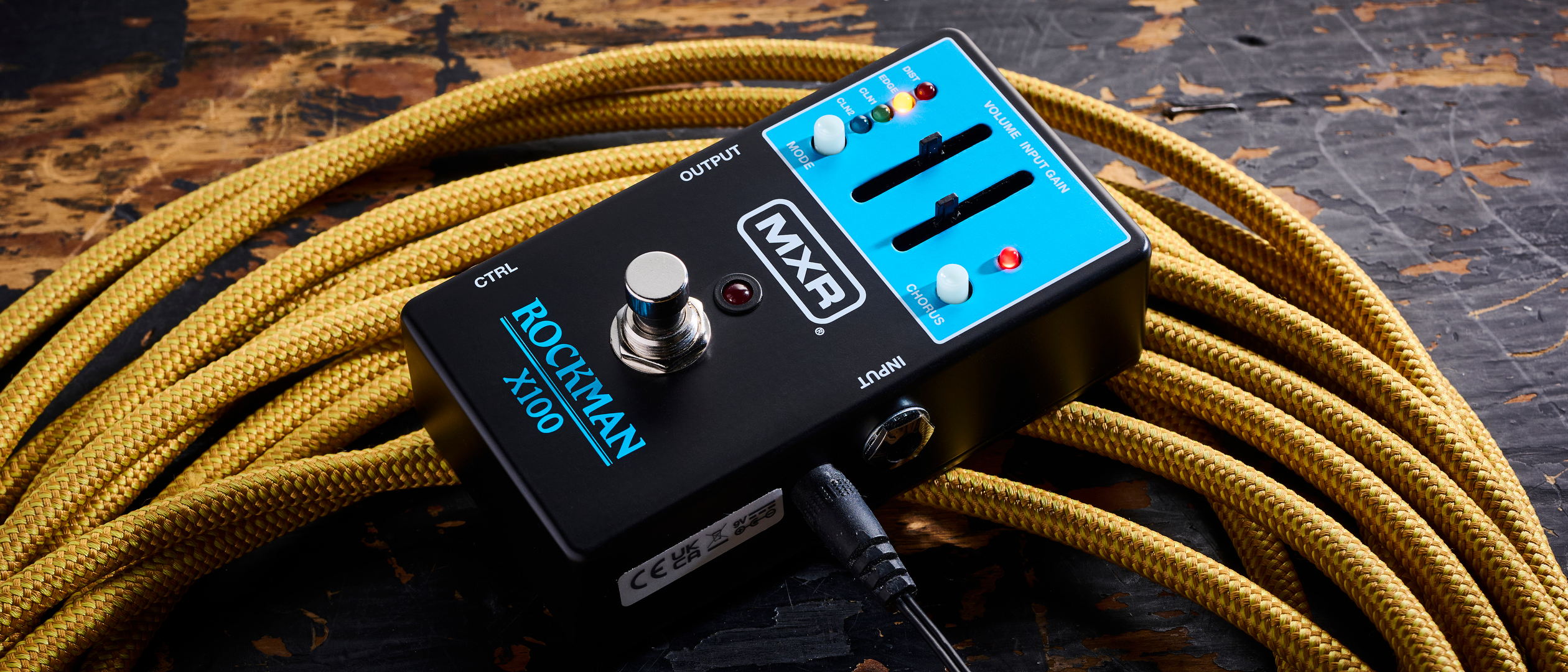
What is it?
As the founding guitarist in American AOR heroes Boston, Tom Scholz ended up penning some of the biggest melodic rock anthems of the mid-to-late 70s and 80s, etching his name in history with world-conquering hits like More Than A Feeling, Don’t Look Back and Amanda.
On top of that, he also trained at MIT as a sound engineer and ended up building the studios his band used to record, so it’s easy to see why the word ‘genius’ often winds up in the sentences describing him.
Following on from the success of the group’s first two albums, he founded Scholz Research & Development Inc. to market his bold inventions, which included the Rockman headphone guitar amplifier, designed to simulate the roar of his old Marshall heads at much quieter levels. It made history in 1982 as one of the first ‘amp in a box’ units to go into production.
Sometimes, however, things don’t always go as planned. Guitarists and producers quickly realised that the little black box could be plugged in direct to the board to produce crystal cleans and a mid-focussed kind of distortion, with its accentuated compression coloured by a glorious 3D stereo chorus effect.
It ended up becoming the secret ingredient for a lot of the arena rock dominating the charts at the time, most notably Def Leppard’s hit-laden Hysteria masterpiece. All these years later, MXR has reimagined the unit as a standalone all-analog pedal, bringing those legendary '80s tones into the modern age via our feet.
Specs
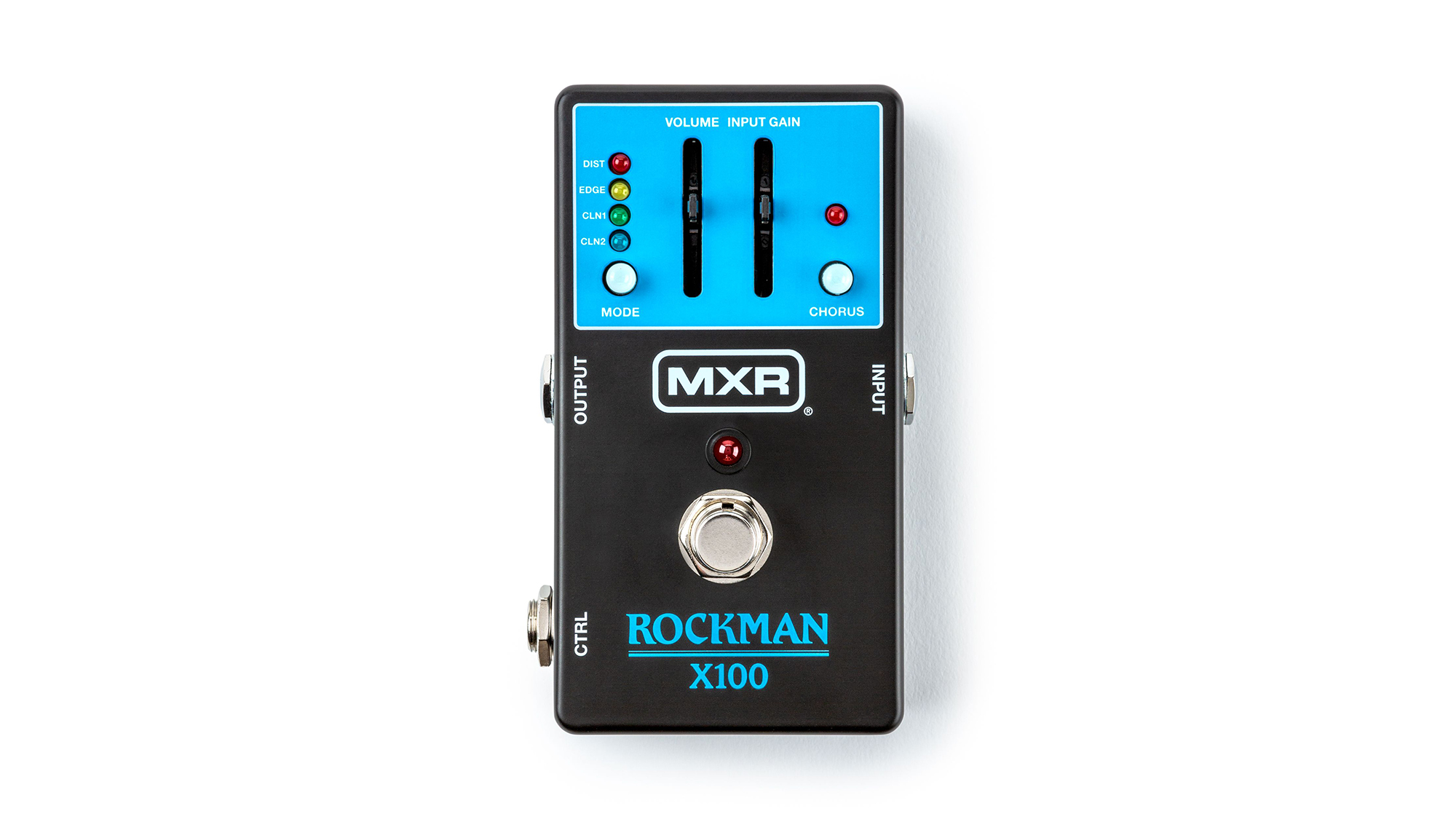
- PRICE: $229 / £249 / €279
- TYPE: Preamp and chorus
- MADE: USA
- CONTROLS: Mode, Volume, Input Gain, Chorus
- FEATURES: The same classic MN3007 bucket brigade chip found in the original headphone amp, plus chorus
- CONNECTIVITY: Input, output, power, foot controller
- BYPASS: Buffered
- POWER: 9 volts DC, 120 mA
- DIMENSIONS: (W x D x H) 60 x 111 x 32mm
- WEIGHT: 0.52lbs/0.234kg
- CONTACT: Jim Dunlop
Build quality
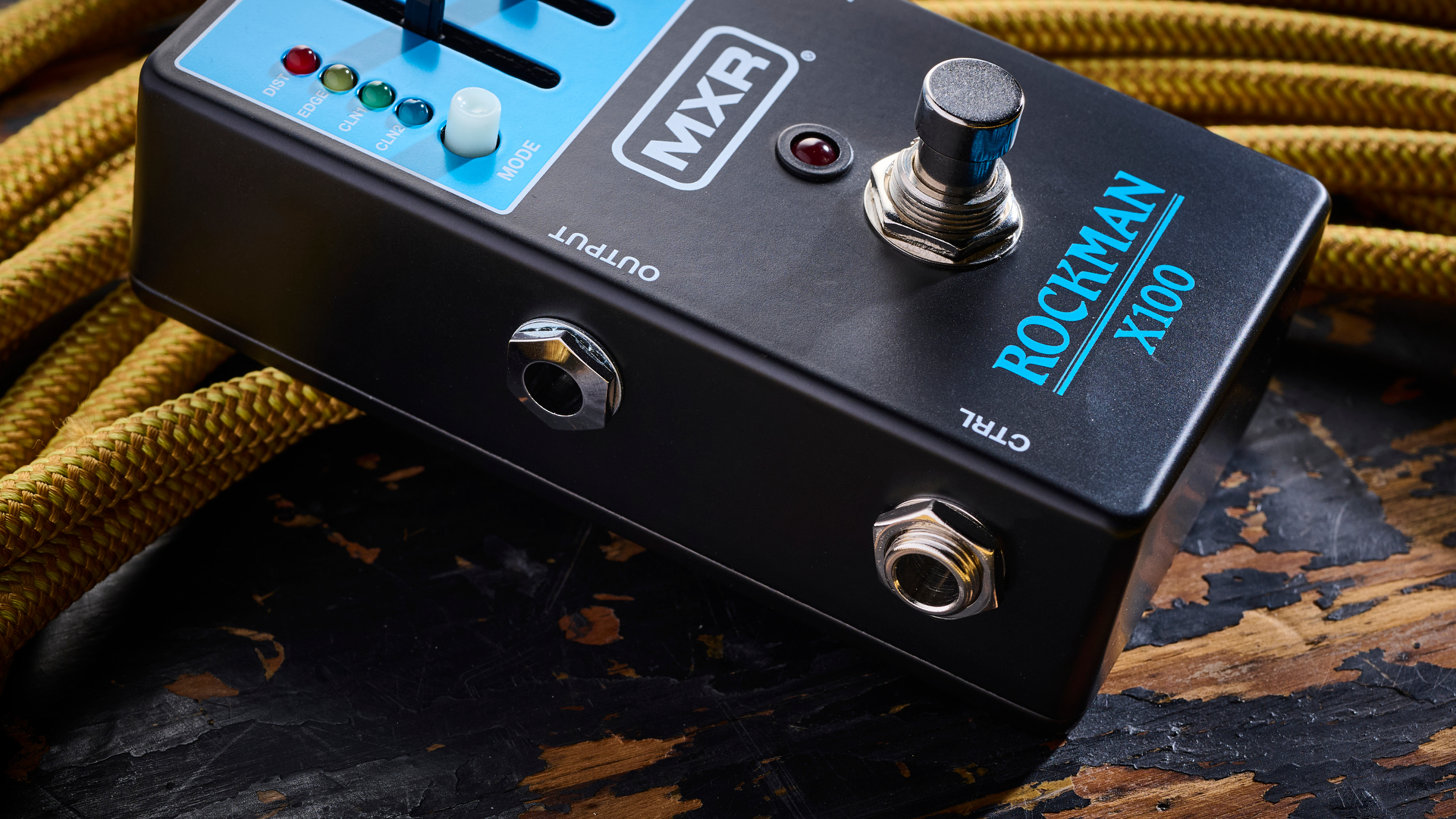
Build quality rating: ★★★★☆
As you’d expect from MXR, there’s a robustness to the build that will ensure years, if not decades, of wear and tear on the road. With one area of caution…
The plastic faders to control the Volume and Input Gain could snap if dropped onto a hard surface or crushed underneath heavier items – but with enough due diligence, situations like this are unlikely to arise.
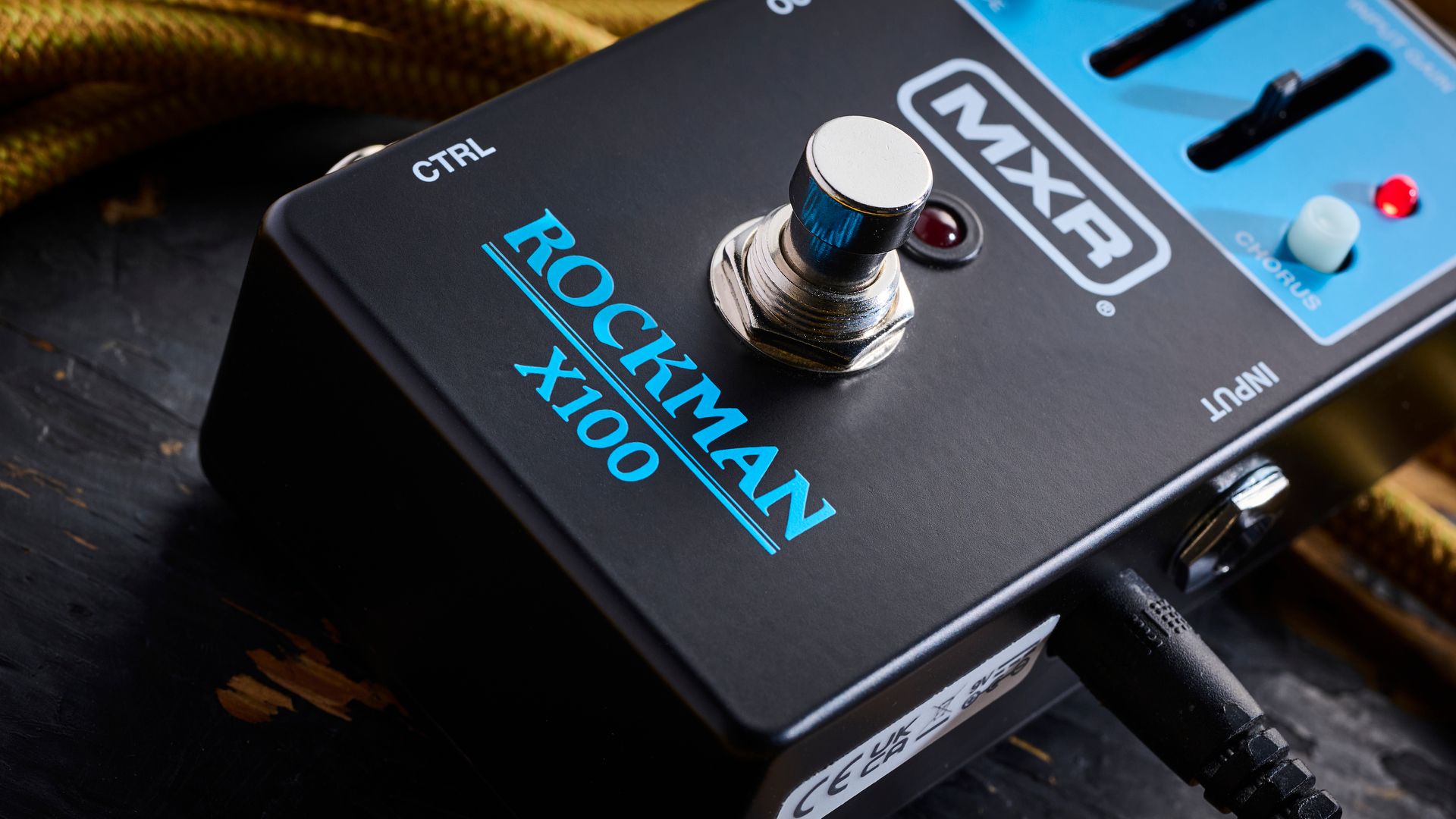
Usability
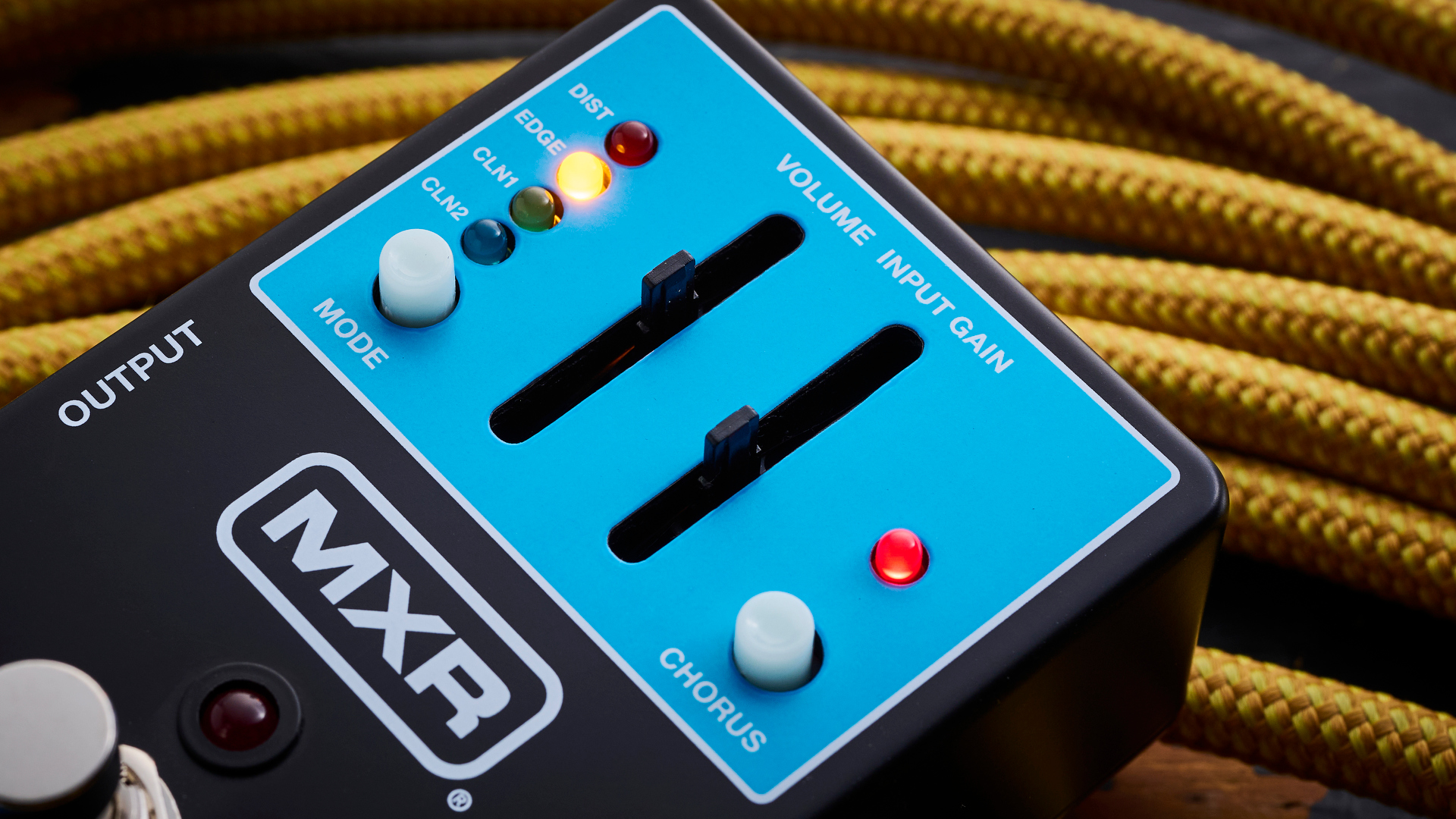
Usability rating: ★★★★★
Quote text here
It only takes a quick glance to see that the Rockman X100 is very user-friendly in design. There’s a button on the left to click through its four modes – CLN1, CLN2, EDGE and DIST – and then another on the right to engage the chorus effect.
There’s an additional footswitch input for anyone wanting to control the modes by their feet and also a stereo option when using a TRS splitter cable, meaning that the chorus will be spread left and right for a more expansive and wide-sweeping kind of modulation.
For our testing I plugged my Gibson Les Paul Standard 1958 VOS reissue into a Marshall Silver Jubilee combo amp and it really didn’t take much tweaking to end up in the same ballpark as Scholz himself, given that the early Boston albums were recorded with his modded 1968 Les Paul Goldtop Deluxe and a 100-Watt Marshall Super Lead.
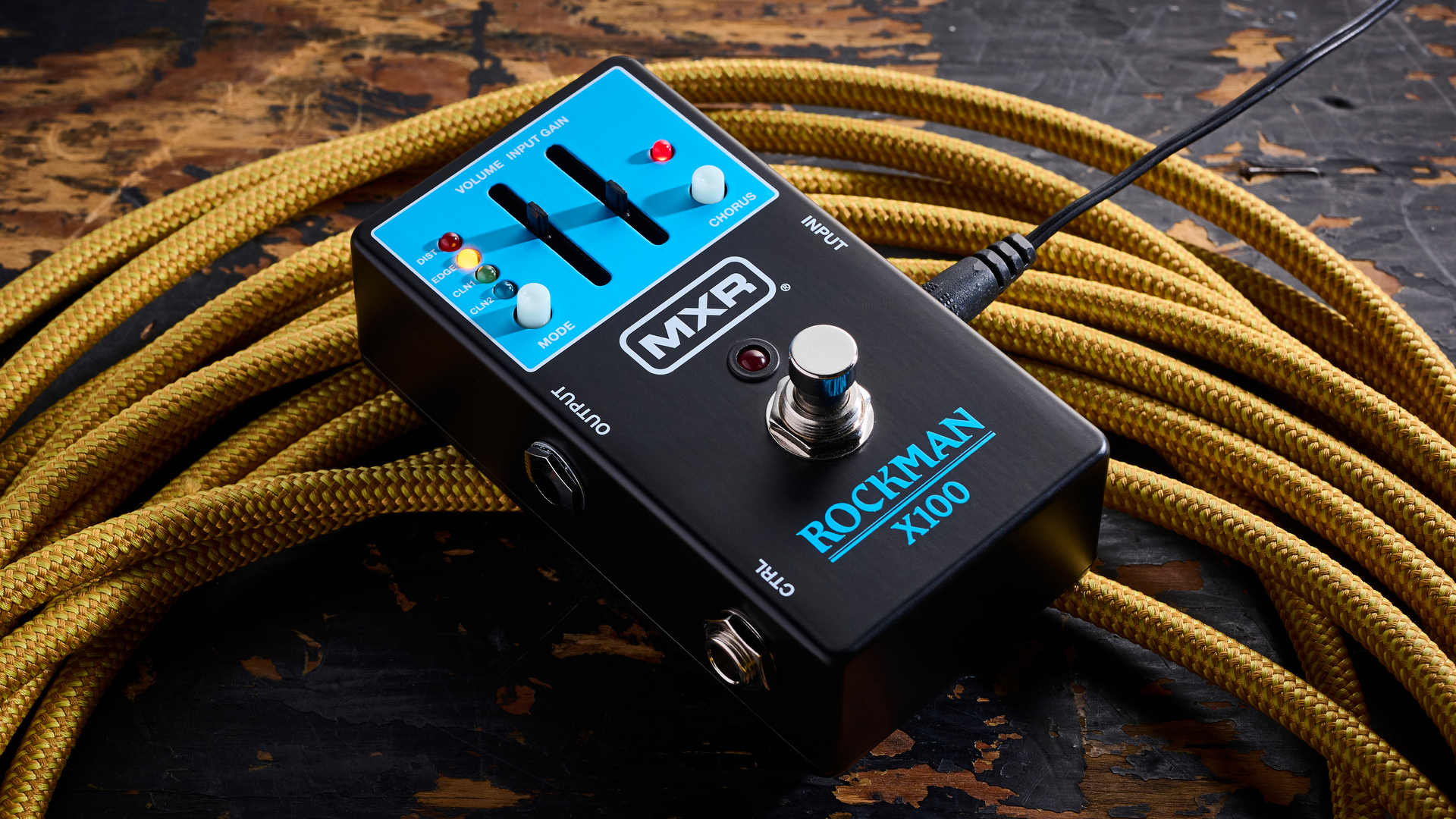
Sounds
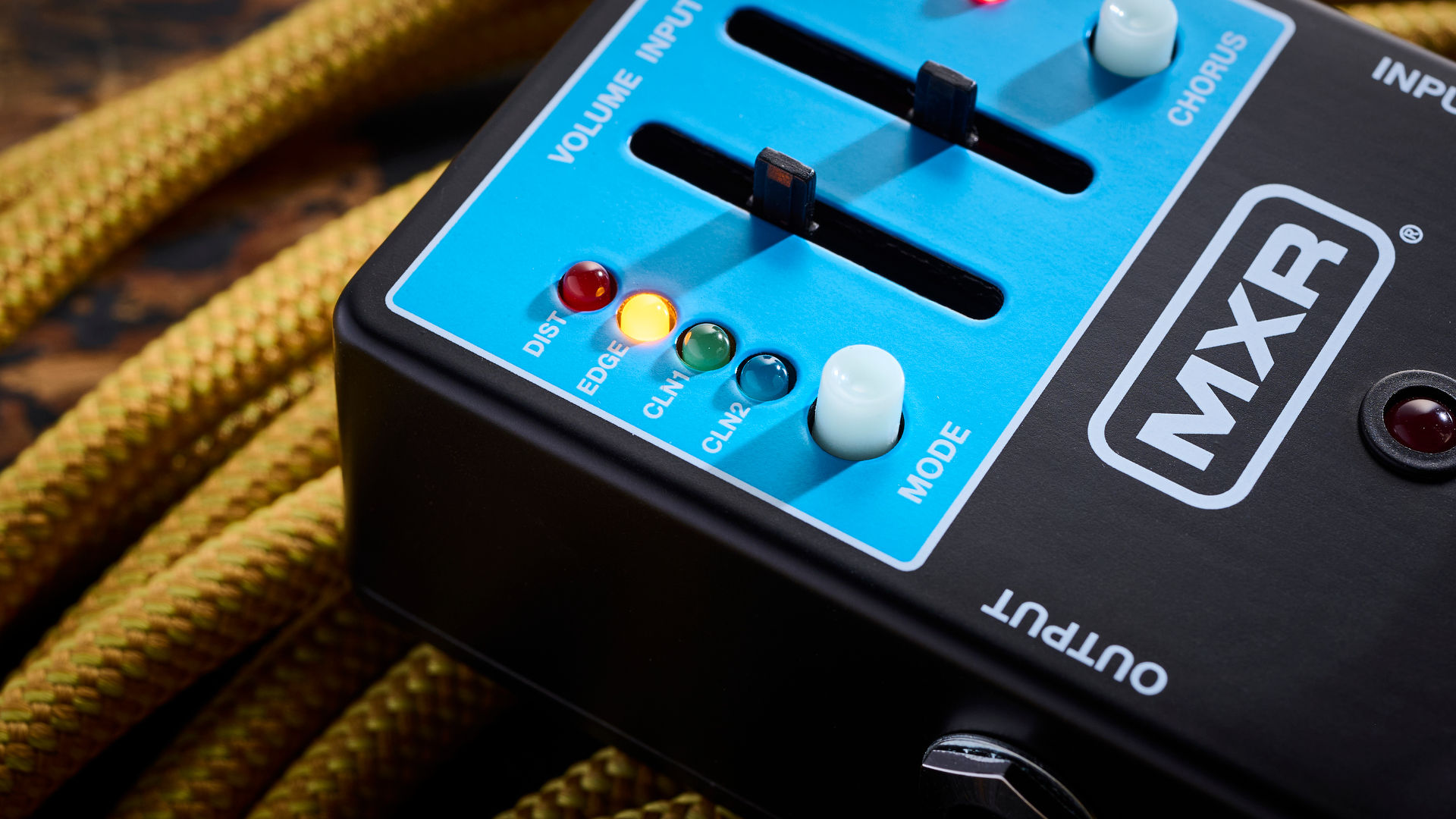
Sounds rating: ★★★½
A lot of guitar players were experimenting with the Rockman in the '80s and '90s, from Megadeth’s Dave Mustaine and Judas Priest’s K.K. Downing to Symphony X mastermind Michael Romeo and even ZZ Top’s Billy Gibbons.
Joe Satriani went as far as appearing in an advert for the Rockman Sustainor while supporting his Flying In A Blue Dream release, admitting that “the development of the Scholz Rockman has been a blessing for me”
Joe Satriani went as far as appearing in an advert for the Rockman Sustainor while supporting his Flying In A Blue Dream release, admitting that “the development of the Scholz Rockman has been a blessing for me”.
That said, one of the most obvious places to start when testing out a device of this nature would probably be the evergreen ideas from Def Leppard’s Hysteria bestseller. The CLN1 mode with chorus absolutely nails the spanky crystal cleans of the album’s arpeggiated title track, while CLN2 gives a more rounded tone closer to songs like Love Bites.
As for the higher gain modes, EDGE is perfect for hard rock riffing – there’s a certain mid-focus that’s very specific to the sound Scholz was dialing in on Boston’s earliest albums, even if the Rockman wasn’t invented until a few years later.
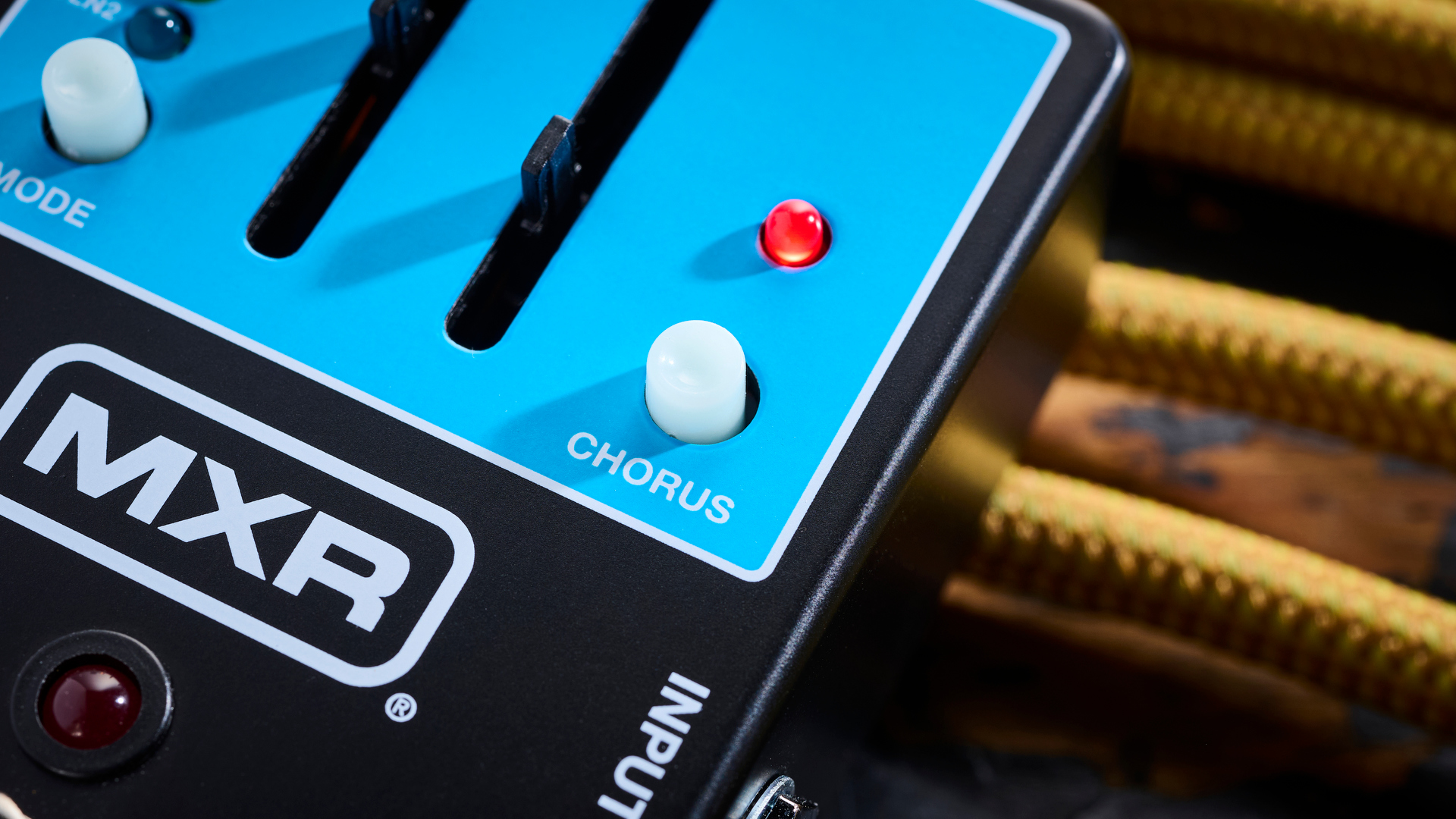
The DIST mode, unsurprisingly, is where the real tonal meat lies and packs no shortage of sustain and oomph, though it’s still very much voiced in a hard rock style than anything too scooped or metallic.
The amount of compression, tuned for slow release on clean modes and fast release on dirty modes, is controlled by the Input Gain level – which definitely adds to the overall versatility. You can cover a lot of ground here.
Verdict

While there are certain breeds of players who delight in highly processed and compressed 80s tones, there are also many others who dismay at the lack of dynamics
It would be fair to say the X100 is very good at what it does – some might say even too good. Part of this can be attributed to the same classic MN3007 bucket brigade chip found in the original headphone amp.
It’s very much the real deal in that sense and while there are certain breeds of players who delight in highly processed and compressed 80s tones, there are also many others who dismay at the lack of dynamics in these distinctly rack-style sounds.
A classic blues purist, for example, is not going to have much use for a pedal like this – it doesn’t have the warmth or earthiness typical of that genre. Running the Input Gain at max will be a bit too bright for some – though, as stated in the manual) running the pedal in your amp’s effects loop can provide a “subtler high-end response”.
In that sense, the pedal’s USP also doubles up as its biggest curse, but it’s worth remembering MXR, who bought the Rockman brand from Scholz in 1995, have made this specifically for all the 80s purists wanting those world-famous tones on their pedalboard rather than the market as a whole.
The chorus is also very true to its era, though unfortunately there’s no way of controlling the amount – even something fiddly like a mini knob would have been a welcome inclusion here. There’s also some unwanted hiss and noise when running at high volumes, less so than the original units, but still enough to be noticeable.
Guitar World verdict: There’s no sitting on the fence with a pedal like this. It has more of a Marmite factor than arguably any other pedal you’ll find in your local music shop. Eighties rock fans, however, will be thrilled to finally have these tones in pedal form with a (comparatively) lower noise floor. For them, it’s the Holy Grail. For others, maybe not so much.







